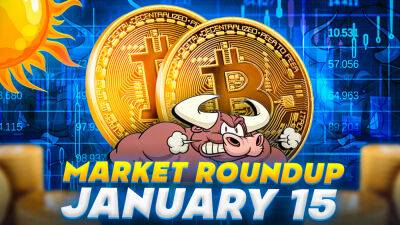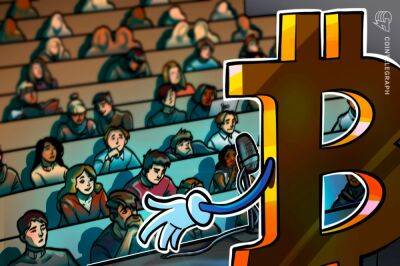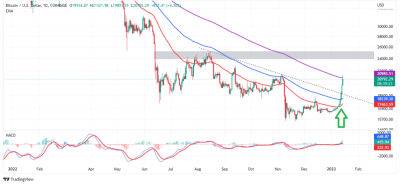Are we ready for the political compromises a digital currency may warrant?
The Supreme Court has finally laid to rest the question of whether the decision to demonetise the entire Indian currency was legal or not. It has said it was.
That takes care of the legality part of it. The economics has already been discussed, and no one has been left in any doubt that it was a terrible decision.
However, its politics has been ignored, which is strange for two reasons. One was the timing of the demonetisation decision, just four months before the 2017 UP assembly election. But this is pure speculation, left to politicians and pundits.
The other reason is that if you study the history of money, you will soon find that it is one of the most intensely political things. Not just its possession, which is political enough. But even its issuance and, by definition, its withdrawal and/or its debasement. These two are just as intensely political, if not more so. What governments create, they can also destroy.
The story of the politics of the different forms money has taken over the ages is fascinating. But this is not the place to recount that. Suffice it to say that transitions from one form to another have always been deeply political, as the cost of issuing money has fallen steeply.
Money started with coins, of course, which were costly to produce. Then over the centuries, it became paper which was much cheaper.
Now comes a new transition, namely digital currency. At the heart of money lies public trust: how to first gain it and then retain it. This is where politics comes in. Central to this was the issuer.
Eventually, the trust aspect was solved by entrusting issuance to the State. But it took around 300 years for the trust to become total and unquestioned.
A paper by Michael D. Bordo and William Roberds
Read more on business-standard.com






















